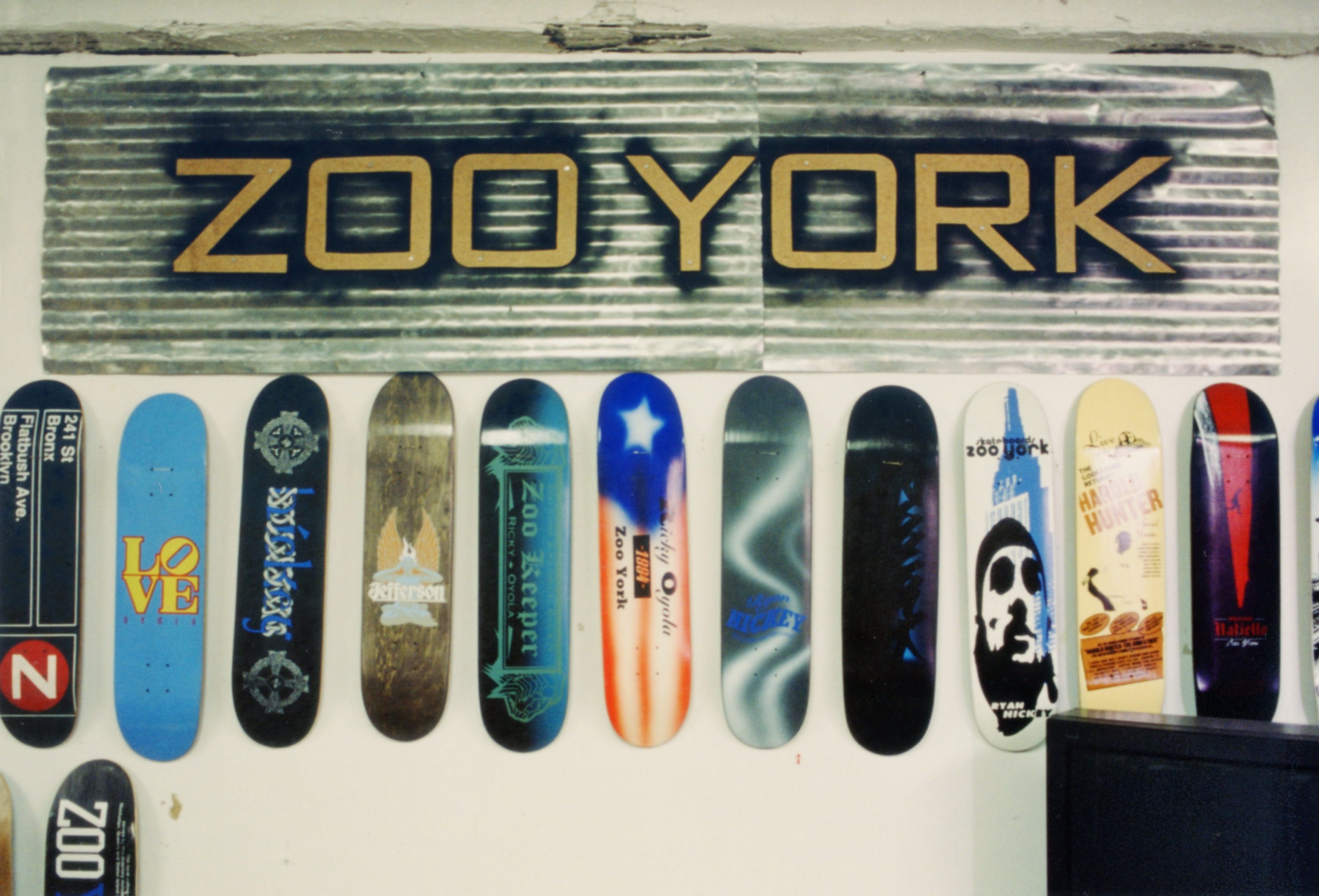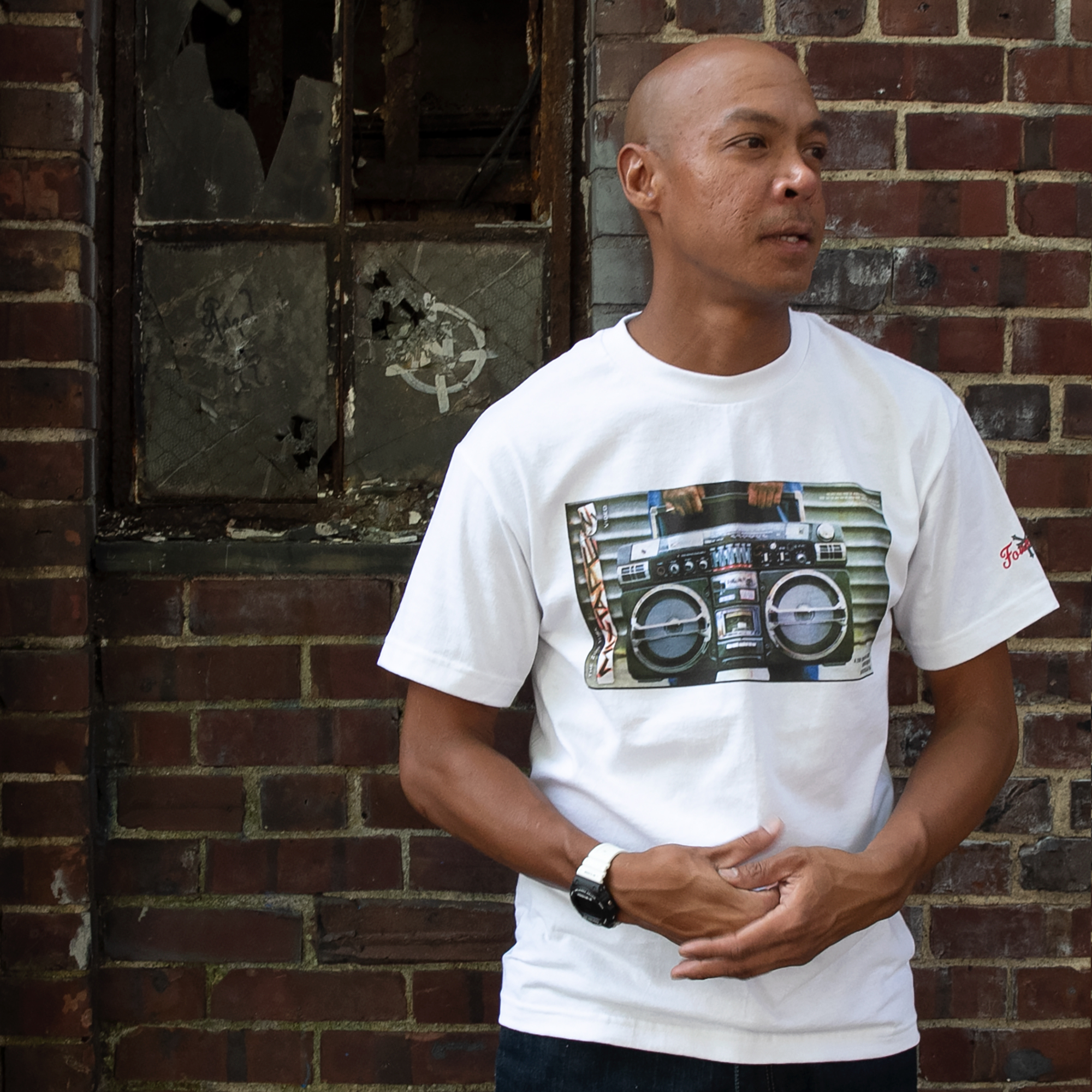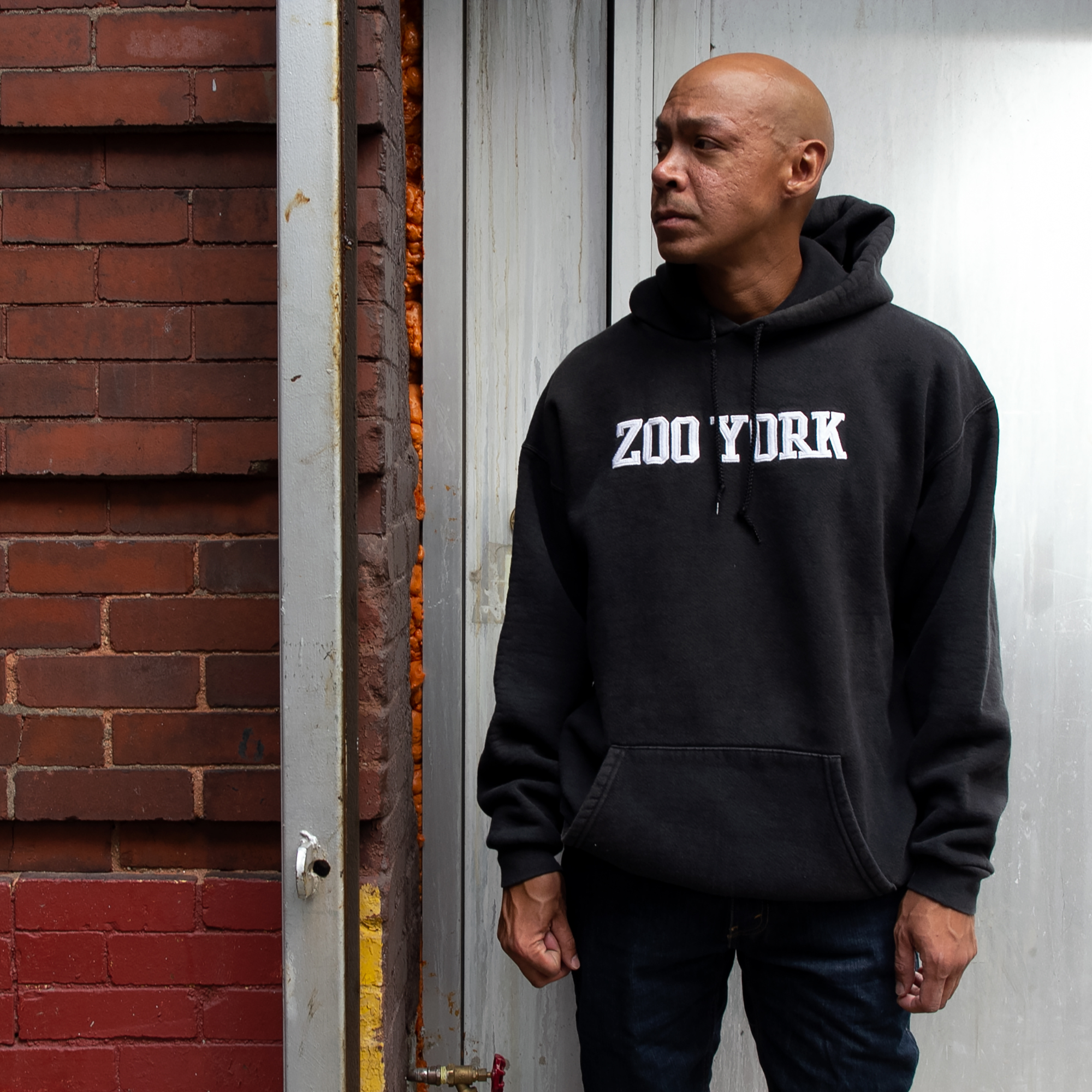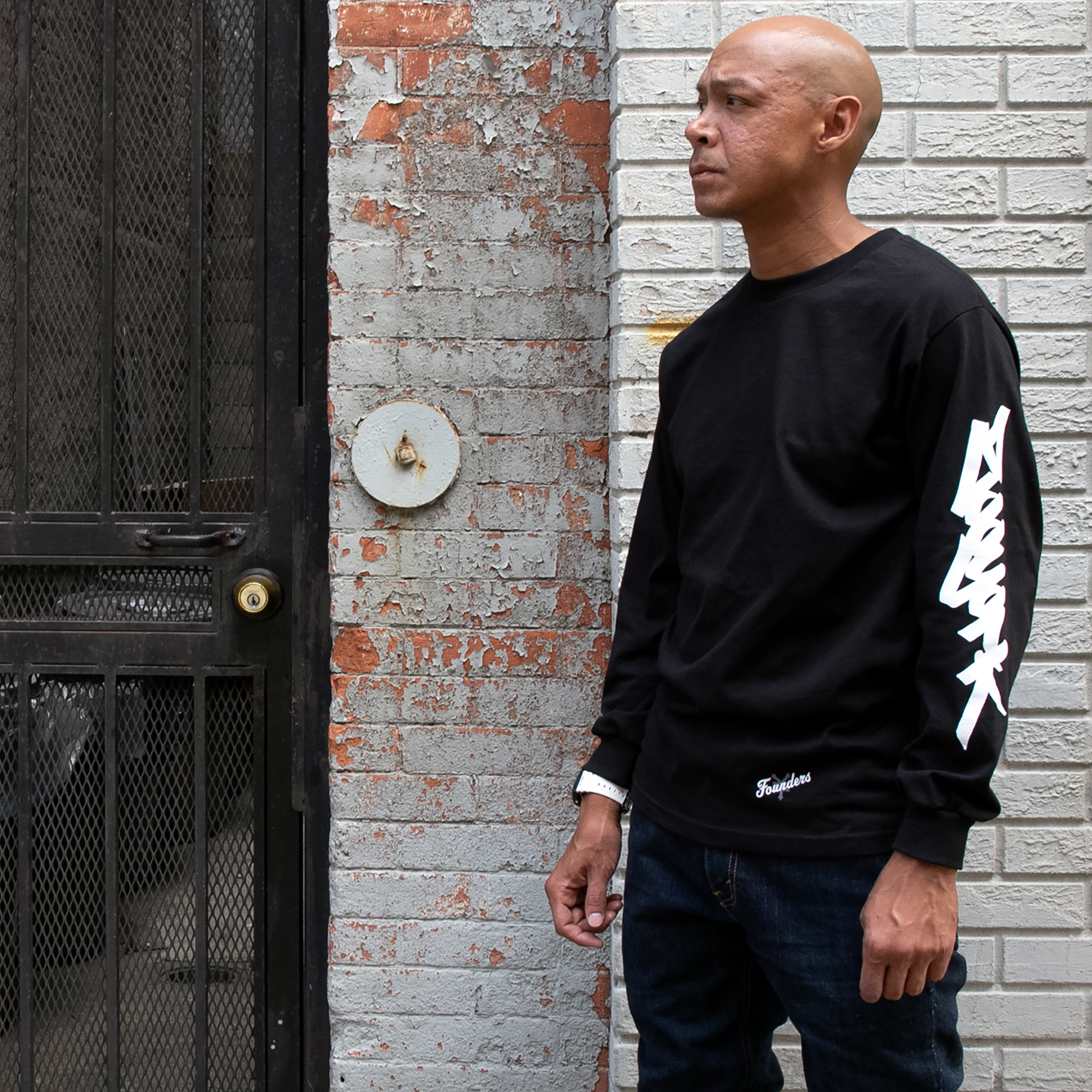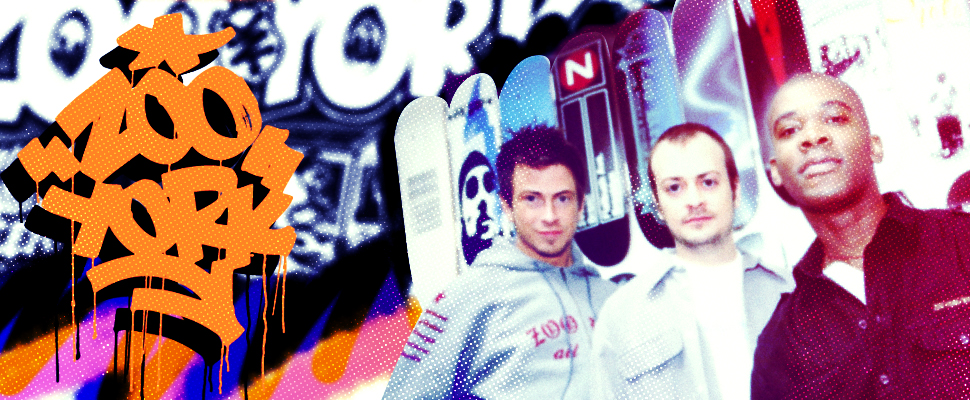The legendary skatewear label Zoo York is back. Not just in name but in spirit, execution, and look. Born in 1993, as a brand for and by the graffiti-bombing, hip-hop listening, skateboarding kids of New York City’s meatpacking district, Zoo York once represented the cutting edge of counter-culture cool. Before skateboarding was fully Nike’d out, the aesthetic and attitude of gritty east-coast skate culture was built by labels like Zoo York and Supreme and immortalized in Larry Clark’s film Kids (which introduced the world to Harmony Korine, Chloë Sevigny, and Rosario Dawson, among others).
To this day, streetwear labels like Palace and Kith pay clear homage to the foundation that Zoo York laid down, which begs the question — why are Supreme’s pieces met with exhausting levels of hype while Zoo York’s latest seasonal deliveries end up at Kohl’s, JC Penney, and Walmart? It’s a story as old as capitalism and one that the brand’s current owners and original founders are trying to rewrite together.
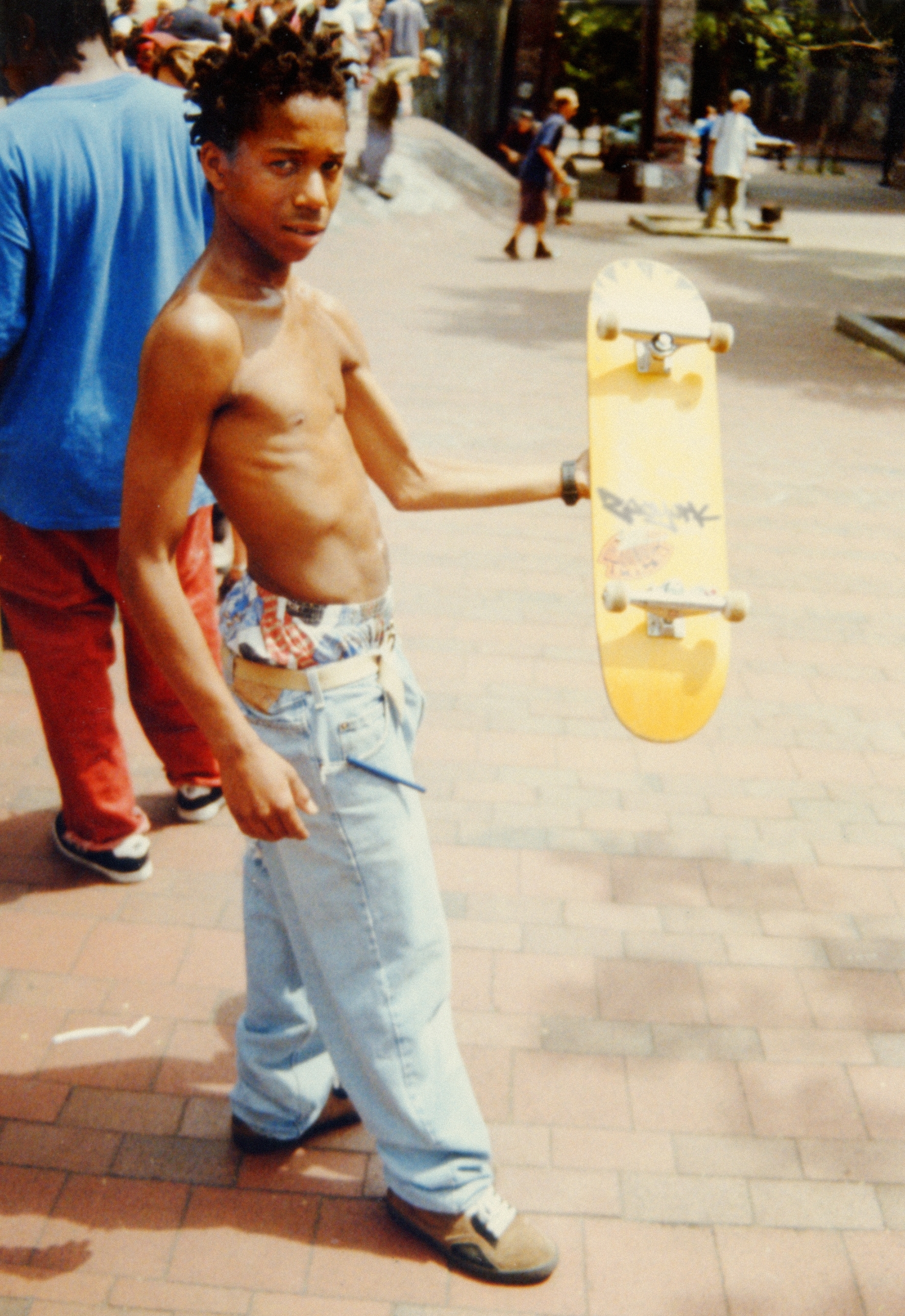
Originally launched by friends Eli Morgan Gesner, Rodney Smith, and Adam Schatz, the ethos of Zoo York began to crumble when the brand was acquired by Marc Eckō in 2001. When the company’s name was purchased by Iconix Brand Group in 2011, it seemed like the label would be forgotten altogether. The core team entrusted to maintain the guiding principles of the “Soul Artists of Zoo York” — a 1970s-80s underground collective of graffiti artists, skaters, social activists, and creatives — had long since departed and, as deals were struck with big retailers, the label lost its cultural significance among a new generation of skaters.
It’s a problem that many skate brands have faced amid the massive explosion and boom in mainstream acceptance of their sport. After all, how can you be counterculture while prominently on display at Walmart?
“From 2006, onward, it kind of lost its essence, spirit,” Adam Schatz says, after a Friday business meeting between Zoo York’s original founders. “So we’re going to bring that back, above everything.”
Schatz, Gesner, and Smith have returned as the label’s creative directors. To commemorate the return-to-form, they’re releasing a limited collection of updated classic designs from Zoo York’s archives.
“We wanted to let our fans — the people who love Zoo York — know that Rodney, Adam, and myself were back at the helm,” Gesner explains. “So the theme for the first season is ‘Under Old Management,’ which is obviously very self-aware of the fact that Zoo kind of went off the rails into a place where no one was happy.”
Though the trio may be older, their new-yet-retro-inspired collection fits comfortably with modern streetwear designs, in part because the streetwear of today is inspired by the very era when Zoo York was King. Gesner, Smith, and Schatz are keenly aware that young skaters are interested in the history they were so central to and rather than trying to mimic younger brands, they’re embracing this current cultural moment.
“For us to just jump into the current state of skateboarding would be stupid,” Gesner says. “That’s not what we’re about. We want to connect with the younger generation’s skaters by celebrating our older crew.”
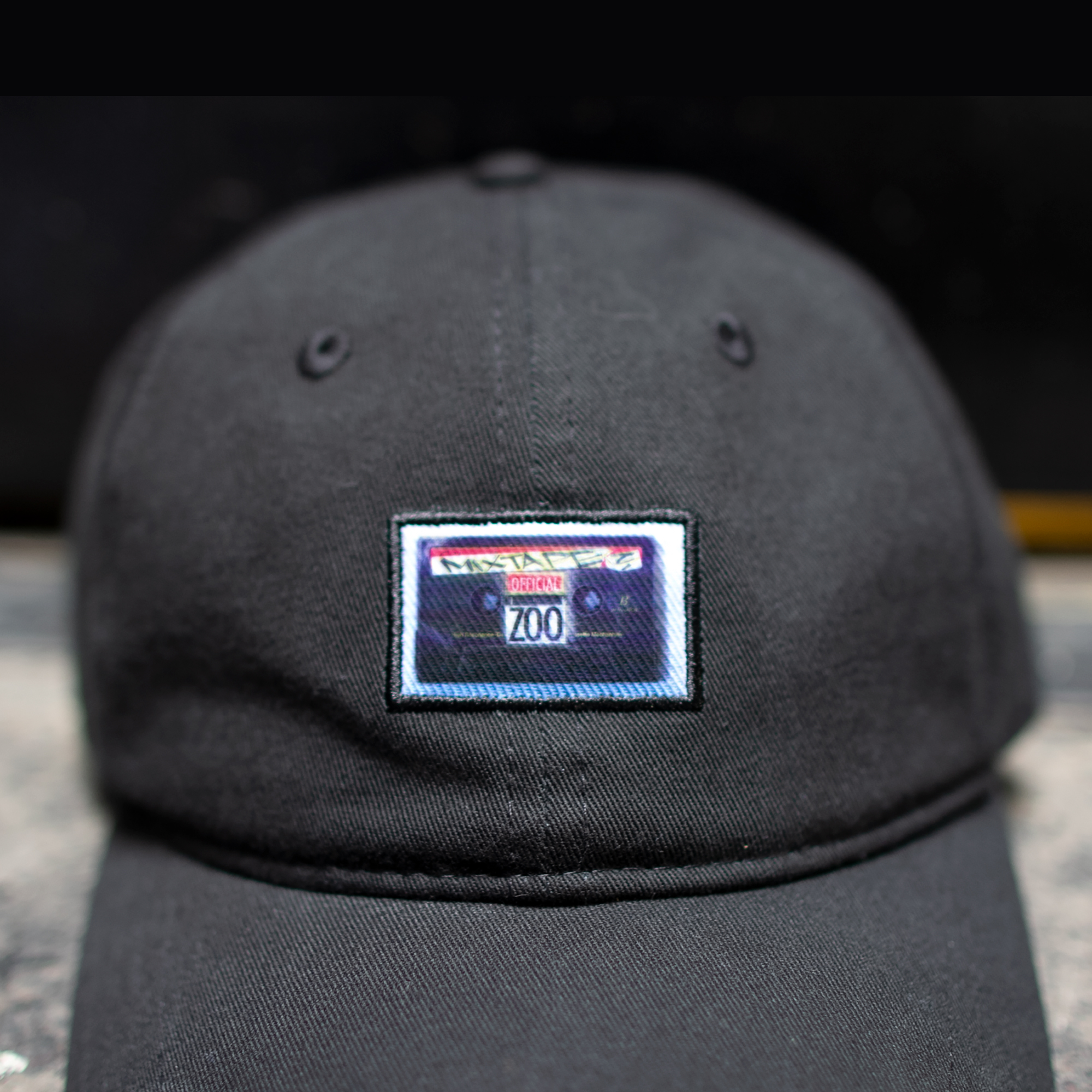
The Under Old Management campaign will act as a callback Zoo York’s alumni, with ads featuring Vinny Ponte and Danny Supa. Its first advertising campaign will reexamine of all the brand’s most famous ads from the 1990s.
The first capsule collection, which consists of a mixtape patch baseball cap, a rerelease of the original 90s Zoo York hoodie, a black graffiti graphic long sleeve, a vintage 1997 Zoo York Mixtape graphic tee, a “Washington Square” t-shirt that pays homage to Kids, and a skate deck spray painted and signed by Gesner will follow the Supreme scarcity model. There will be just 93 pieces sold of each item and they’ll retail exclusively through Zoo York’s Instagram and online store.
Given that Iconix is a global brand management company with shareholders and profit expectations, Zoo York’s relaunch isn’t limited to the trio’s Under Old Management collection. There’s also a brand for keeping the company relevant in the broader marketplace without undermining the new (old) vibe.
“We used to design everything and sell everything,” Schatz says. “Now, people are making what works best for them in their territories.”
Rather than a simple licensing play, the brand hopes to build consistency across Iconix’s global market. With this aim, Gesner has put together a 150-page style guide to deliver authenticity on a global level.
“Basically what I’m doing is sort of somewhere between game theory and engineering,” Gesner says. “Instead of me going and personally making twenty t-shirt graphics a season, I constructed a book of rules to play the game. So when you get the Zoo York kit in South Africa or Brazil, and you open it up, everyone will have the same pieces, the same parts. Then those creative people all over the world — in Asia, in Europe — they can create a better product using the detailed steps and assets that I’ve provided in my Zoo York bible.”
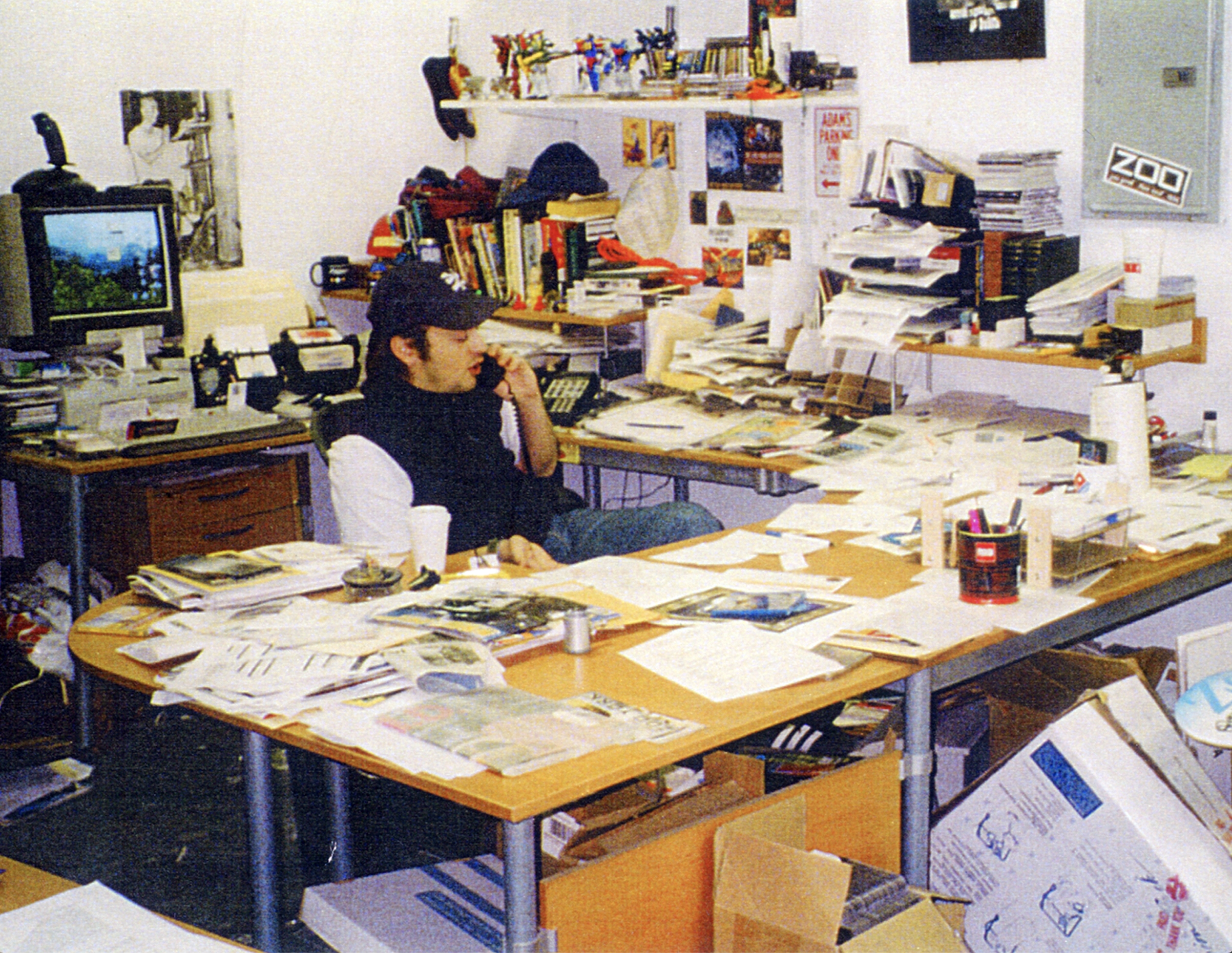
Every six weeks, Gesner, Schatz, and Smith will drop another entry in their “Founder’s Collection” — typically consisting of six or seven styles exclusively available through the Zoo York’s Instagram page. Next month they’ll pay homage to late skater, actor, and streetwear icon Harold Hunter by teaming up with the Harold Hunter Foundation, a non-profit started in Hunter’s name that helps give at-risk, inner-city kids access to skateboarding.
“We all come from some sort of troubled backgrounds as children,” Gesner says, “and the one thing that we all have in common is that skateboarding gave us purpose in our lives. Skateboarding saved my life, and it saved Rodney’s life, and it saved all of our skater’s lives. And that’s kind of what we’re committed to promoting in the world. We’re excited to do that through the Harold Hunter Foundation and celebrating Harold — a person who had a great positive effect on the skateboarding community.”
While the Harold Hunter collection might attract a more rabid cult audience (Hunter’s cultural impact in 90s NYC was huge), the first drop is equally likely to make noise on blogs and in the streets. The “Washington Square” shirt — which is briefly seen on one of Zoo York’s original riders in Kids — is sure to get nabbed in a hurry by collectors and make an impact with young skaters who know their history. The old heads who forged that path — with wheels on the pavement and rail-scratched boards — are the perfect people to ensure that happens.
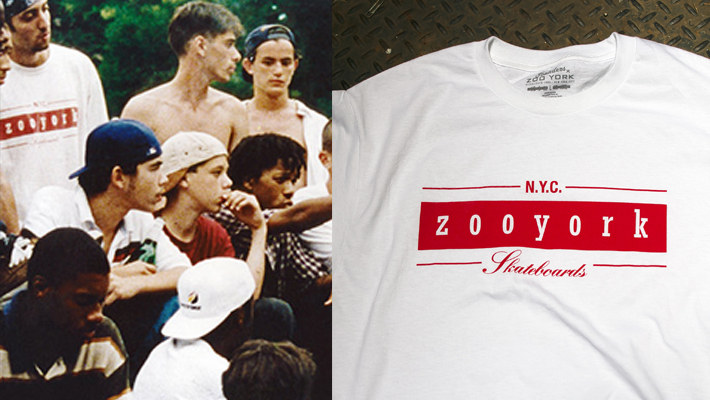
“One of the amazing things about our return to Zoo York is it enables us to properly steward this legacy that we’ve been given,” says Schatz towards the end of our chat. Smith, working in the background and listening on speakerphone, finishes his friend’s thought. “This is when Zoo York finally get its day — where people will finally know exactly what Zoo York is — because right now people don’t really know.”
And though the idea of a streetwear brand “returning to form” doesn’t have a great track record — from Eckō Unlitmited to Stussy — it’s a lot easier to bet on Zoo York’s chances because the brand’s origins are so thoroughly embedded in this new iteration. So deep, in fact, that even the production processes seem to resemble the way things went down all those years back.
“My favorite part of this process so far, hands down, was going to Chapman Skateboards the other day and hand making the original Zoo York tag board with Rodney, Adam, and Chappie,” Gesner says. “I was outside spray painting again, and Rodney and Adam were inside pulling the screens. And Chappie’s moving all the boards around, and they signed everything. It was great. It was like nothing ever changed.”

Disclosure: Eli Morgan Gesner was Uproxx’s founding Style editor. That said, he had no input on the creation or editing of this piece.
